|
Crew Dragon In-Flight Abort Test
SpaceX Crew Dragon In-Flight Abort Test (also known as Crew Dragon Launch Escape Demonstration) was a successful test of the SpaceX Dragon 2 abort system, conducted on 19 January 2020. It was the final assessment for the Crew Dragon and Falcon 9 launch system before they would be certified to carry humans into space. Booster B1046.4 and an uncrewed capsule C205 were launched from Launch Complex 39A (LC-39A) on a suborbital trajectory, followed by an in-flight abort of the capsule at max Q and supersonic speed. The test was carried out successfully: the capsule pulled itself away from the booster before it broke apart, and landed safely. Background The in-flight abort test was envisioned as a separation and abort scenario in the troposphere at transonic velocities during max Q, where the vehicle experiences maximum aerodynamic pressure. SpaceX Dragon 2 would use its SuperDraco abort engines to push itself away from the Falcon 9 after an intentional premature engine cutoff ... [...More Info...] [...Related Items...] OR: [Wikipedia] [Google] [Baidu] |
Crew Dragon C205
Crew Dragon C205 is a Crew Dragon capsule manufactured and built by SpaceX. It completed its first flight on January 19, 2020, with the Crew Dragon In-Flight Abort Test mission where the capsule detached from the Falcon 9 B1046 booster at max q using the SuperDraco abort thrusters. This was done to test the functionality of the abort thrusters in an operational rocket launch. Background Dragon C205 was originally planned to be used on the Demo-2 mission and the Crew Dragon C204 capsule was intended to be used for the in flight abort test. However, the Dragon C204 capsule was destroyed during testing which caused SpaceX to change the Dragon C205 to this mission and Crew Dragon ''Endeavour'' completed the Demo-2 mission. In-Flight Abort Test The In-Flight Abort Test was completed as part of the CCDev by NASA to test the Dragon 2's launch escape system with the SuperDraco thrusters, before a Crew Dragon capsule could carry astronauts onboard for the Demo-2 mission. The flight pat ... [...More Info...] [...Related Items...] OR: [Wikipedia] [Google] [Baidu] |
Falcon 9 B1046
Falcon 9 B1046 was a reusable Falcon 9 Multistage rocket, first-stage Booster (rocketry), booster manufactured by SpaceX. It flew four times between 2018 and 2020 before it was expended during a successful abort test of the Crew Dragon. It was the first Block 5 upgrade to the Falcon 9. Manufacturing In October 2016, Elon Musk announced the Falcon 9 Block 5, which featured revisions such as increased thrust, improved landing legs, and upgrades for easier reuse, including thermal protection on the side of the vehicle and a reusable heat shield at the base to protect the engines and plumbing. After a year of delays, B1046 was completed and transported to SpaceX's SpaceX Rocket Development and Test Facility, McGregor facility for testing in preparation for its maiden flight. Flight history This Falcon 9 was first launched on May 11, 2018. It carried Bangabandhu-1, Bangladesh's first geostationary communications satellite, from Kennedy Space Center. This marked the 54th flight ... [...More Info...] [...Related Items...] OR: [Wikipedia] [Google] [Baidu] |
Crew Dragon C204
Crew Dragon C204 was part of Crew Dragon flight vehicle SN 2-1 (sometimes incorrectly called C201) manufactured and operated by SpaceX and used by NASA's Commercial Crew Program. Used in the uncrewed Demo-1 mission, it was launched atop a Falcon 9 rocket on 2 March 2019, arriving at the International Space Station on 3 March 2019. It was the first orbital test flight of the Dragon 2 spacecraft. The spacecraft was unexpectedly destroyed on 20 April 2019 during a separate test when firing the SuperDraco engines at Landing Zone 1. History SpaceX was contracted by NASA to fly Demo-1 mission as part of the Commercial Crew Program. Initial plans had hoped to see flights as early as 2015. Demo-1 was eventually slated for no earlier than December 2016, and then delayed several times throughout 2017. The first exact date was published by NASA in November 2018 to be 17 January 2019, but this got pushed into February 2019. The static fire took place on 24 January 2019 and the laun ... [...More Info...] [...Related Items...] OR: [Wikipedia] [Google] [Baidu] |
Falcon 9 Prototypes
Falcon 9 prototypes were experimental flight test reusable rockets that performed vertical takeoffs and landings. The project was privately funded by SpaceX, with no funds provided by any government until later on. Two prototypes were built, and both were launched from the ground. The earliest prototype was ''Grasshopper''. It was announced in 2011 and began low-altitude, low-velocity hover/landing testing in 2012. ''Grasshopper'' was tall and made eight successful test flights in 2012 and 2013 before being retired. A second prototype of Falcon 9 was the larger and more capable Falcon 9 Reusable Development Vehicle (F9R Dev, also known as F9R Dev1) based on the Falcon 9 v1.1 launch vehicle. It was tested at higher altitudes and was capable of much higher velocity but was never tested at high velocity. The F9R Dev1 vehicle was built in 2013–2014 and made its first low-altitude flight test on 17 April 2014; it was lost during a three-engine test at the McGregor test site on 2 ... [...More Info...] [...Related Items...] OR: [Wikipedia] [Google] [Baidu] |
Vandenberg Space Launch Complex 4
Space Launch Complex 4 (SLC-4) is a launch and landing site at Vandenberg Space Force Base, California, U.S. It has two pads, both of which are used by SpaceX for Falcon 9, one for launch operations, and other as Landing Zone 4 (LZ-4) for SpaceX landings. The complex was previously used by Atlas and Titan rockets between 1963 and 2005. It consisted of two launch pads, SLC-4W and SLC-4E, which were formerly designated PALC-2-3 and PALC-2-4 respectively. Both pads were built for use by Atlas-Agena rockets, but were later rebuilt to handle Titan rockets. The designation SLC-4 was applied at the time of the conversion to launch Titan launch vehicles. Both pads at Space Launch Complex 4 are currently leased by SpaceX. SLC-4E is leased as a launch site for the Falcon 9 rocket, which first flew from Vandenberg on 29 September 2013, following a 24-month refurbishment program which had started in early 2011. SpaceX began a five-year lease of Launch Complex 4 West in February 2015 in o ... [...More Info...] [...Related Items...] OR: [Wikipedia] [Google] [Baidu] |
Vandenberg Space Force Base
Vandenberg Space Force Base , previously Vandenberg Air Force Base, is a United States Space Force Base in Santa Barbara County, California. Established in 1941, Vandenberg Space Force Base is a space launch base, launching spacecraft from the Western Range, and also performs missile testing. The United States Space Force's Space Launch Delta 30 serves as the host delta for the base. In addition to its military space launch mission, Vandenberg Space Force Base also performs space launches for civil and commercial space entities, such as NASA and SpaceX. History United States Army Camp Cooke (1941–1953) In 1941, the United States Army embarked on an initiative to acquire lands in the United States to be used to train its infantry and armored forces. These areas needed to be of a varied nature to ensure relevant training. In March 1941, the Army acquired approximately of open ranch lands along the Central Coast of California between Lompoc and Santa Maria. Most of ... [...More Info...] [...Related Items...] OR: [Wikipedia] [Google] [Baidu] |
Dragon 2 DragonFly
The Dragon 2 ''DragonFly'' (Dragon C201) was a prototype suborbital rocket-powered test vehicle for a propulsively-landed version of the SpaceX Dragon 2. ''DragonFly'' underwent testing in Texas at the McGregor Rocket Test Facility in October 2015. However, the development eventually ceased as the verification burden imposed by NASA was too great to justify it. Design The ''DragonFly'' test vehicle is powered by eight SuperDraco hypergolic rocket engines, arranged in a redundant pattern to support fault-tolerance in the propulsion system design. SuperDracos use a storable propellant combination of monomethylhydrazine (MMH) fuel and nitrogen tetroxide oxidizer (NTO), the same propellants used in the much smaller Draco thrusters designed for attitude control and maneuvering on the first-generation Dragon spacecraft. While SuperDraco engines are capable of of thrust, during use on DragonFly flight test vehicle, each will be throttled to less than to maintain vehicle sta ... [...More Info...] [...Related Items...] OR: [Wikipedia] [Google] [Baidu] |
Falcon 9
Falcon 9 is a partially reusable medium lift launch vehicle that can carry cargo and crew into Earth orbit, produced by American aerospace company SpaceX. The rocket has two stages. The first (booster) stage carries the second stage and payload to a certain altitude, after which the second stage lifts the payload to its ultimate destination. The rocket evolved through several versions. V1.0 flew from 2010–2013, V1.1 flew from 2013–2016, while V1.2 Full Thrust first launched in 2015, encompassing the Block 5 variant, flying since May 2018. The booster is capable of landing vertically to facilitate reuse. This feat was first achieved on flight 20 in December 2015. Since then, SpaceX has successfully landed boosters over 100 times. Individual boosters have flown as many as 15 flights. Both stages are powered by SpaceX Merlin engines, using cryogenic liquid oxygen and rocket-grade kerosene (RP-1) as propellants. The heaviest payloads flown to geostationary transfer or ... [...More Info...] [...Related Items...] OR: [Wikipedia] [Google] [Baidu] |
SuperDraco
SuperDraco is a hypergolic propellant rocket engine designed and built by SpaceX. It is part of the SpaceX Draco family of rocket engines. A redundant array of eight SuperDraco engines provides fault-tolerant propulsion for use as a launch escape system for the SpaceX Dragon 2, a passenger-carrying space capsule. SuperDraco rocket engines utilize a storable (non-cryogenic) hypergolic propellant which allows the engines to be fired many months after fueling and launch. They combine the functions of both a reaction control system and a main propulsive engine. Hypergolic fuels do not require an external source of ignition, providing increased reliability for the spacecraft. The engines are used on crew transport flights to low Earth orbit, and were also projected to be used for entry, descent and landing control of the now-canceled ''Red Dragon'' to Mars. SuperDracos are used on the SpaceX Dragon 2 crew-transporting space capsule and were used on the ''DragonFly'', a prototy ... [...More Info...] [...Related Items...] OR: [Wikipedia] [Google] [Baidu] |
Max Q
The max q or maximum dynamic pressure condition is the point when an aerospace vehicle's atmospheric flight reaches the maximum difference between the fluid dynamics total pressure and the ambient static pressure. For an airplane, this occurs at the maximum speed at minimum altitude corner of the flight envelope. For a space vehicle launch, this occurs at the crossover point between dynamic pressure increasing with speed and static pressure decreasing with increasing altitude. This is an important design factor of aerospace vehicles, since the aerodynamic structural load on the vehicle is proportional to dynamic pressure. Dynamic pressure Dynamic pressure q, is defined in incompressible fluid dynamics as q = \tfrac\, \rho\, v^, where ''ρ'' is the local air density, and ''v'' is the vehicle's velocity; the dynamic pressure can be thought of as the kinetic energy density of the air with respect to the vehicle, and for incompressible flow equals the difference between total pressure ... [...More Info...] [...Related Items...] OR: [Wikipedia] [Google] [Baidu] |
Transonic
Transonic (or transsonic) flow is air flowing around an object at a speed that generates regions of both subsonic and supersonic airflow around that object. The exact range of speeds depends on the object's critical Mach number, but transonic flow is seen at flight speeds close to the speed of sound (343 m/s at sea level), typically between Mach 0.8 and 1.2. The issue of transonic speed (or transonic region) first appeared during World War II. Pilots found as they approached the sound barrier the airflow caused aircraft to become unsteady. Experts found that shock waves can cause large-scale separation downstream, increasing drag and adding asymmetry and unsteadiness to the flow around the vehicle. Research has been done into weakening shock waves in transonic flight through the use of anti-shock bodies and supercritical airfoils. Most modern jet powered aircraft are engineered to operate at transonic air speeds. Transonic airspeeds see a rapid increase in drag from a ... [...More Info...] [...Related Items...] OR: [Wikipedia] [Google] [Baidu] |
Troposphere
The troposphere is the first and lowest layer of the atmosphere of the Earth, and contains 75% of the total mass of the planetary atmosphere, 99% of the total mass of water vapour and aerosols, and is where most weather phenomena occur. From the planetary surface of the Earth, the average height of the troposphere is in the tropics; in the middle latitudes; and in the high latitudes of the polar regions in winter; thus the average height of the troposphere is . The term ''troposphere'' derives from the Greek words ''tropos'' (rotating) and '' sphaira'' (sphere) indicating that rotational turbulence mixes the layers of air and so determines the structure and the phenomena of the troposphere. The rotational friction of the troposphere against the planetary surface affects the flow of the air, and so forms the planetary boundary layer (PBL) that varies in height from hundreds of meters up to . The measures of the PBL vary according to the latitude, the landform, and th ... [...More Info...] [...Related Items...] OR: [Wikipedia] [Google] [Baidu] |

.jpg)
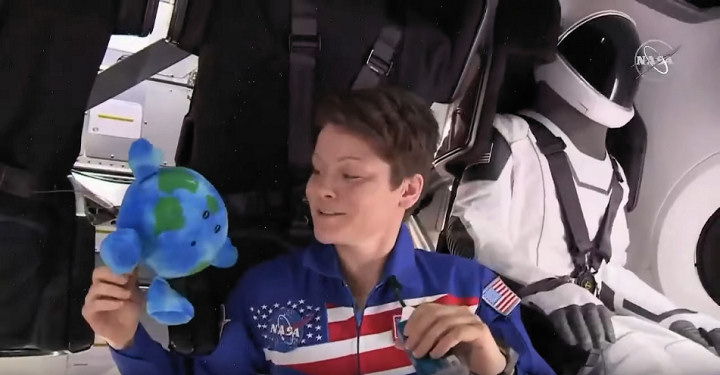
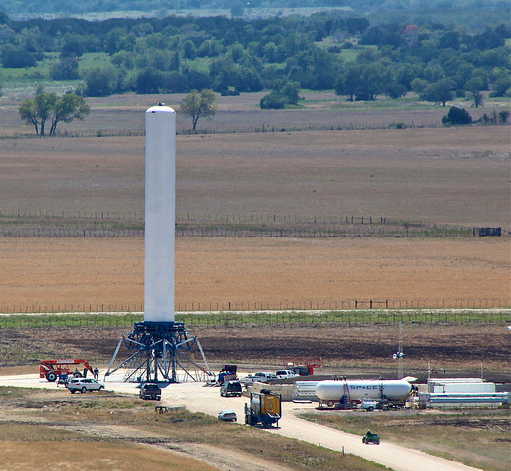
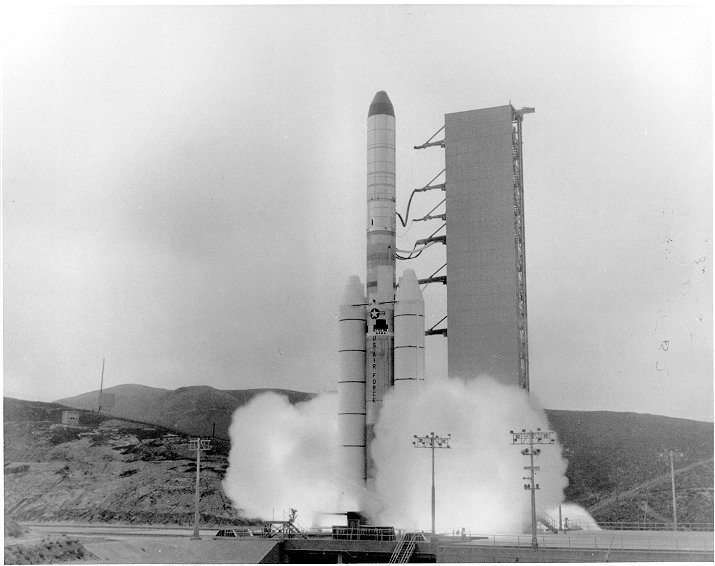
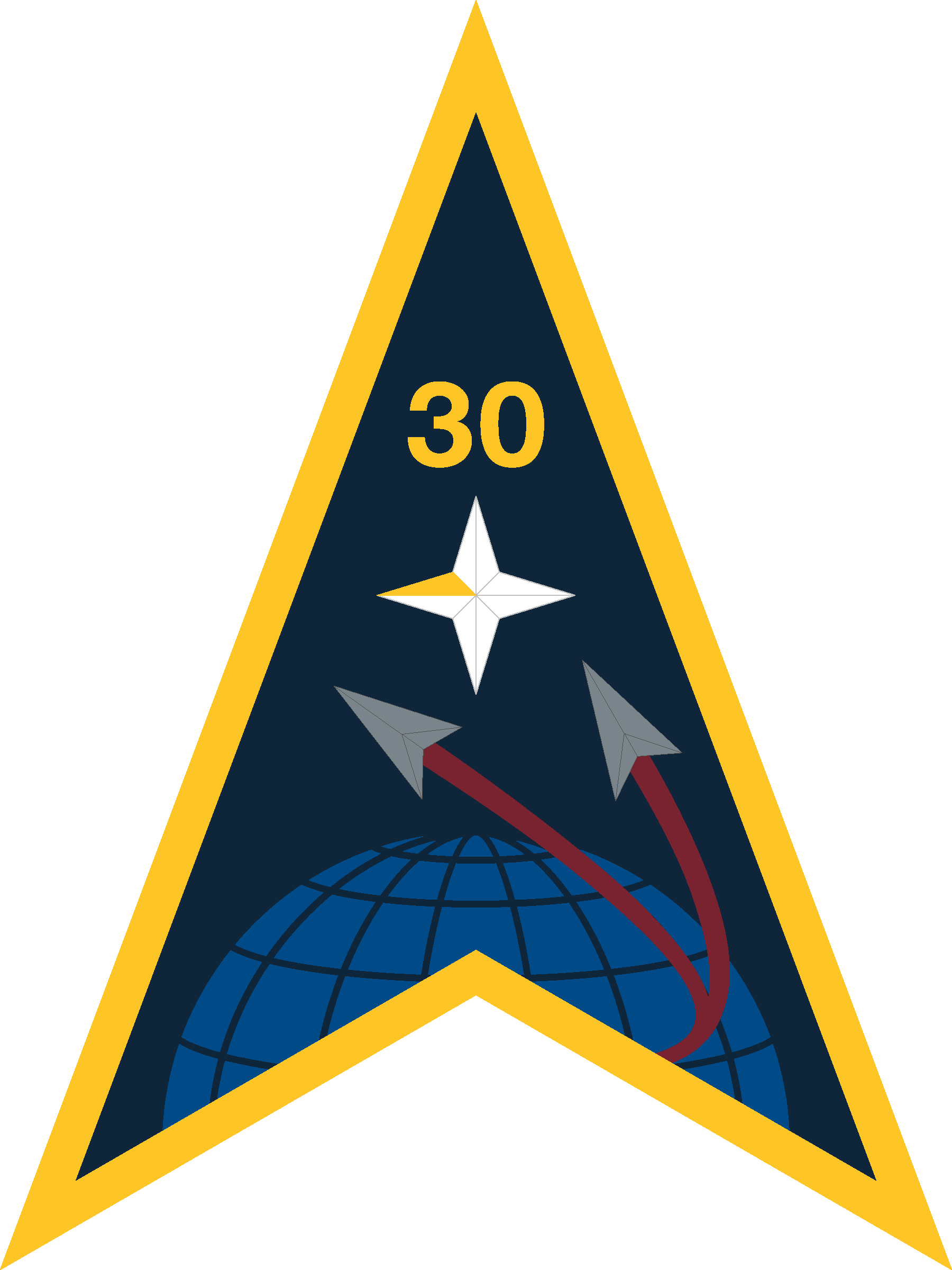
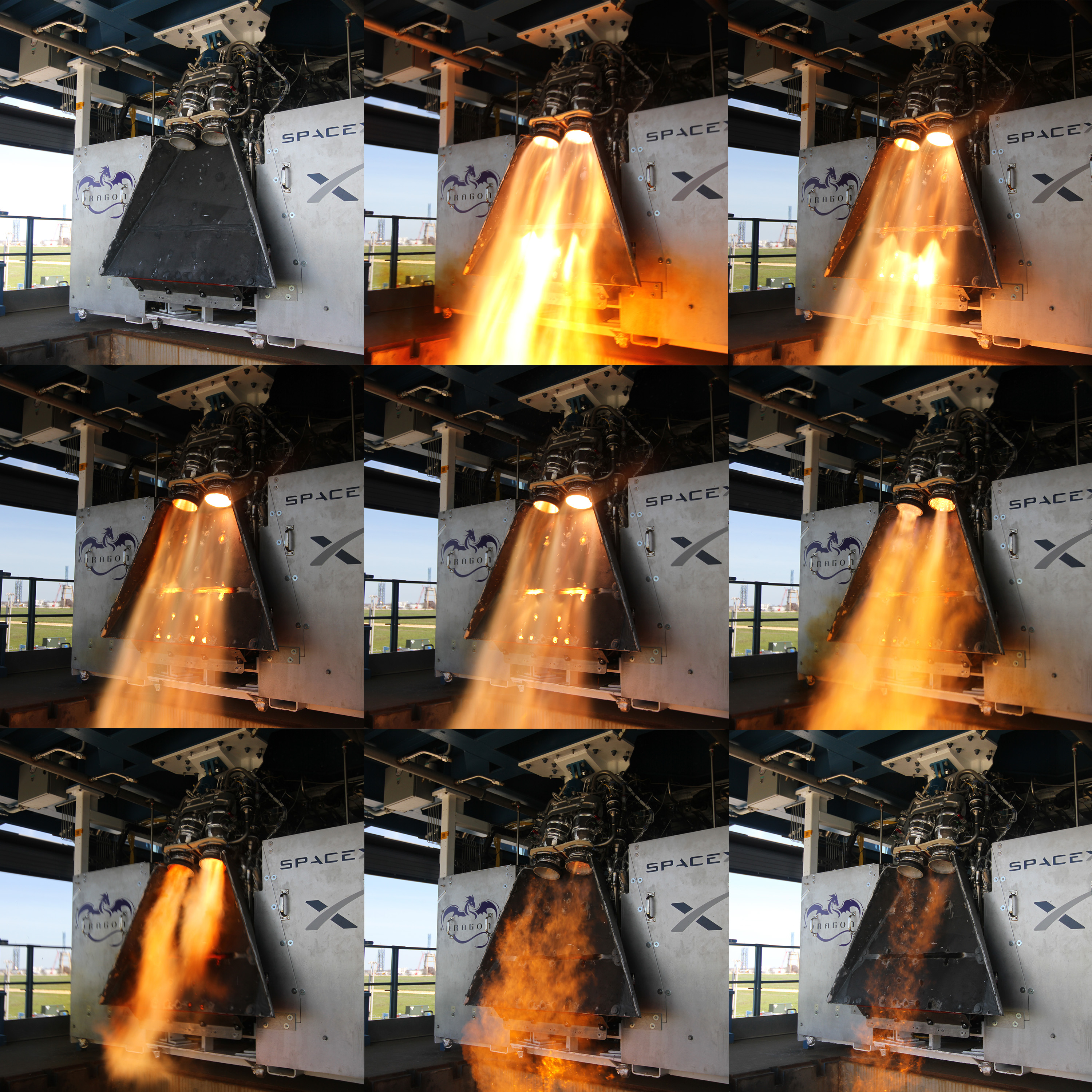
.jpg)
